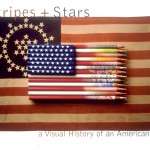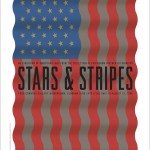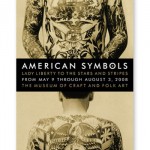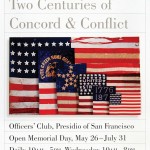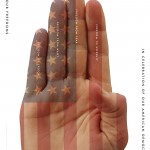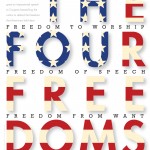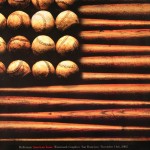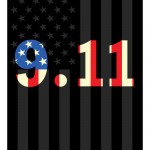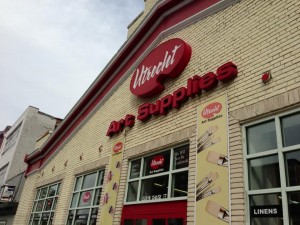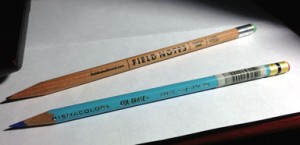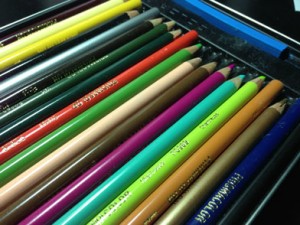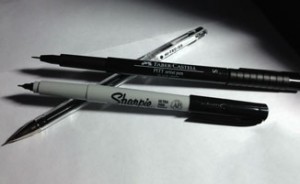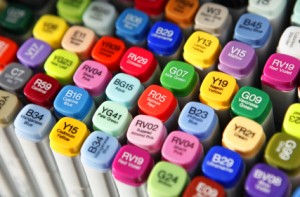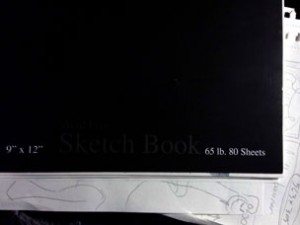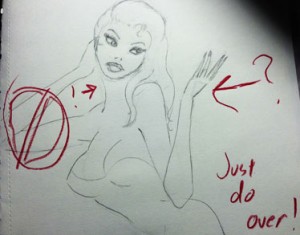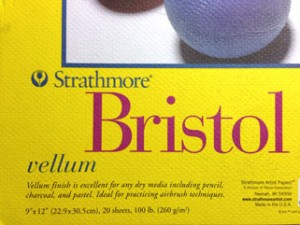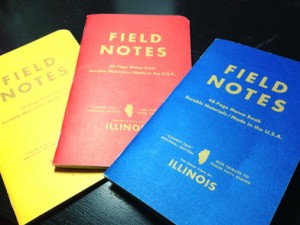We are proud to introduce Kit Hinrichs, the keynote speaker for the upcoming opening of the O! Say Can You Design a Poster Exhibition. A noted graphic designer and former partner at Pentagram, he will be presenting a series of unusual case studies about his eclectic assortment of American flag memorabilia and how he has integrated his passion for flags into his design practice.
Kit Hinrichs is a graduate of Art Center College of Design in Los Angeles, California. He served as principal in several design offices in New York and San Francisco and spent 23 years (1986–2009) as a partner of Pentagram, an international design consultancy, before opening Studio Hinrichs in San Francisco in 2009. His design experience incorporates a wide range of projects, including corporate communications, brand development, promotion, packaging, catalogs, environmental graphics, and editorial and exhibition design.
In addition to teaching at the School of Visual Arts in New York, the California College of Arts in San Francisco, and the Academy of Art in San Francisco, Kit has been a guest lecturer at the Stanford Design Conference, AIGA National Conferences, the HOW Conference, and numerous other design associations and universities worldwide. His work is included in the permanent collections of the Museum of Modern Art, New York, the San Francisco Museum of Modern Art, and the Library of Congress. He is co-author of five books, including Typewise, Long May She Wave, and The Pentagram Papers.
Kit’s list of distinguished clients includes United Airlines, Sappi Fine Paper, Design Within Reach, Muzak, Gymboree, University of Southern California, Safeco, Museum of Glass, Symantec, KQED, the San Francisco Zoo, Restoration Hardware, and many more.
During his career, he co-founded @issue: The Journal of Business and Design, was chair of the AIGA California Show (the first regional show in AIGA’s 85-year history), co-chaired the Alliance Graphique Internationale San Francisco Congress, chaired the AIGA Business Conference and San Francisco Design Lecture Series, and launched the @issue Design Conference. Kit is a recipient of the prestigious AIGA medal, in recognition of his exceptional achievements in the field of graphic design and visual communication. He is also a past executive board member of the American Institute of Graphic Arts; a member of the Alliance Graphique Internationale, and a trustee of Art Center College of Design since 1996.
The O! Say Can You Design a Poster Exhibition Opening will be held September 15, 2014, 5:30-8pm, at the University of Baltimore Student Center Gallery. The event is free for all to attend — RSVP by September 3rd.
